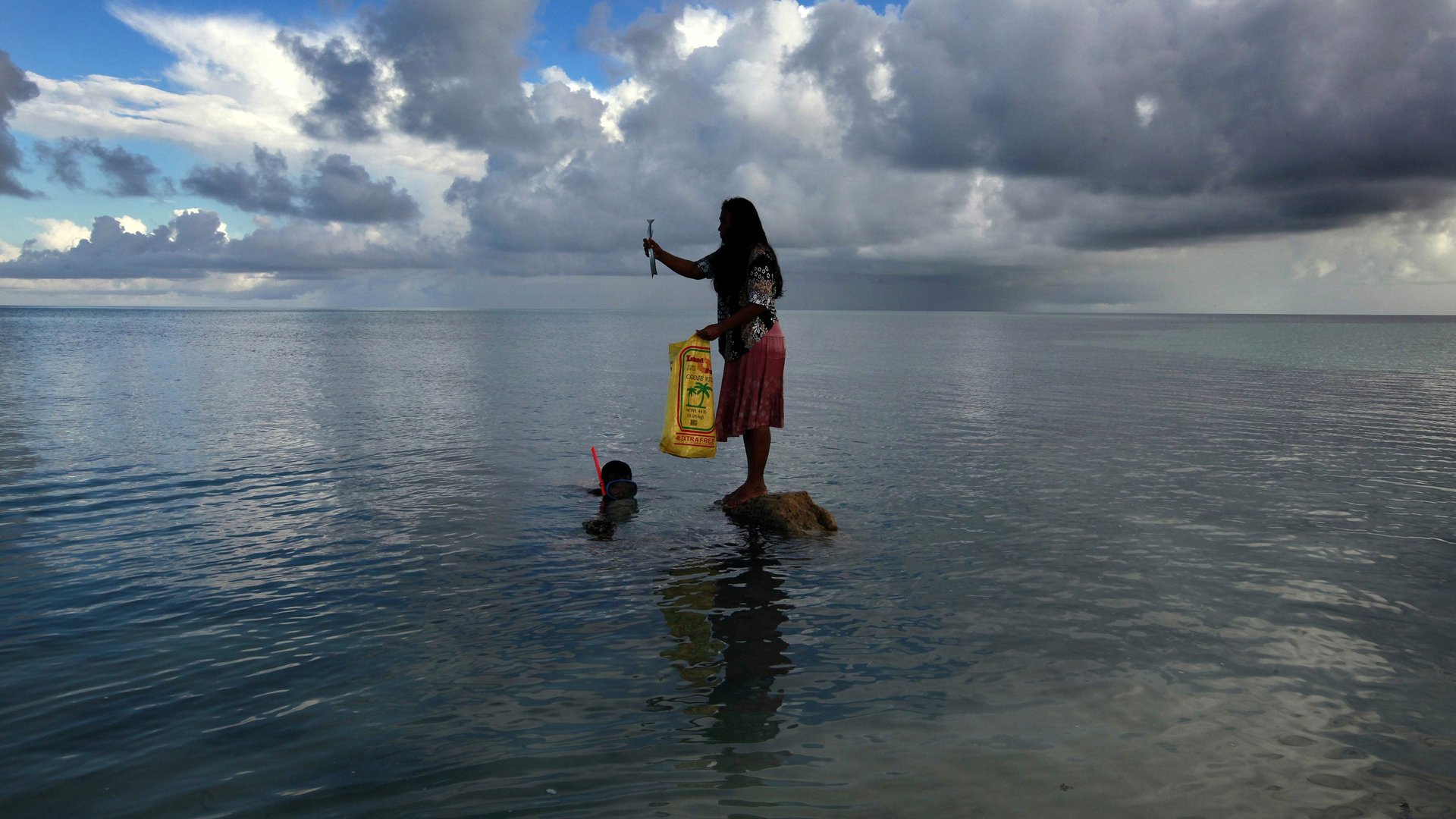The UN all but admits we will probably pass the 1.5°C point of no return
Technically speaking, global temperature rises due to climate change could still be limited to 1.5° Celsius, a new UN report says. But it’s not looking good. Actually, it’s looking very bad.


Technically speaking, global temperature rises due to climate change could still be limited to 1.5° Celsius, a new UN report says. But it’s not looking good. Actually, it’s looking very bad.
To hold warming to 1.5°C above pre-industrial average temperatures, a threshold at which scientists have determined climate change effects will be catastrophic for life on Earth, global emissions would need to be cut by more than 7% each year between 2020 and 2030. Put another way, emissions in 2030 would have to be 55% lower than they were in 2018.
That is all but an impossibility. Despite commitments to improve from most highly-emitting countries, emissions have risen 1.5% every year for the last several years.
“There is no sign of [greenhouse gas] emissions peaking in the next few years; every year of postponed peaking means that deeper and faster cuts will be required,” the executive summary of the new UN Environment Program report reads.
The 1.5°C threshold has long been put forward as a goal to stave off the most extreme consequences of climate change. In 2015, the countries who signed the Paris climate agreement agreed to hold warming to “well below 2°C,” with a goal of 1.5°C. But almost immediately, it became clear that would be a stretch. Countries’ own Paris agreement commitments wouldn’t nearly cut it. Tuesday’s report marks the first time the UN has come close to admitting it.
The differences between life in a world of 2°C and 1.5°C of warming would be vast, according to scientists who wrote a UN Intergovernmental Panel on Climate Change report on the topic last year. Adapting to a 1.5°C global temperature rise would be less difficult, costly, and lead to less human harm. But letting the warming rise just a half-degree, to 2°C, would add an average of 4 inches of global sea level rise (10 centimeters). The likelihood of an ice-free Arctic Ocean in summer would jump tenfold in that scenario, spiking from once per century to at least once per decade. “Coral reefs would decline by 70-90 percent with global warming of 1.5°C, whereas virtually all would be lost with 2°C,” the IPCC scientists wrote.
Meanwhile, mass species extinction would be avoided in a 1.5°C scenario. Limiting warming to 1.5°C as compared with 2°C would cut the risks to invertebrate animals and plant species ranges by half. For insects, keeping to 1.5°C cuts the risk by two-thirds. A half-degree makes all the difference.
But in reality, the goal of 1.5°C has always been a stretch. The UN first presented the goal in its 2015 report, and then declared it feasible in a follow-up report—but only with drastic and immediate action, at a scale which the global community had made no signs it would entertain.
This report, and the UN’s begrudging acknowledgment of the near impossibility of that goal, marks a dramatic turning point. Right now, we are on track for a world that is 3.2°C warmer than pre-industrial levels by 2100. That would lead to even more widespread devastation for human civilization and natural systems, brought about in the form of things like drought, floods, extreme storms, and sea-level rise.
The good news is that most of the world’s countries agree that a 3.2°C rise in temperature would be unacceptable. The question is how much they’re willing to do about it.